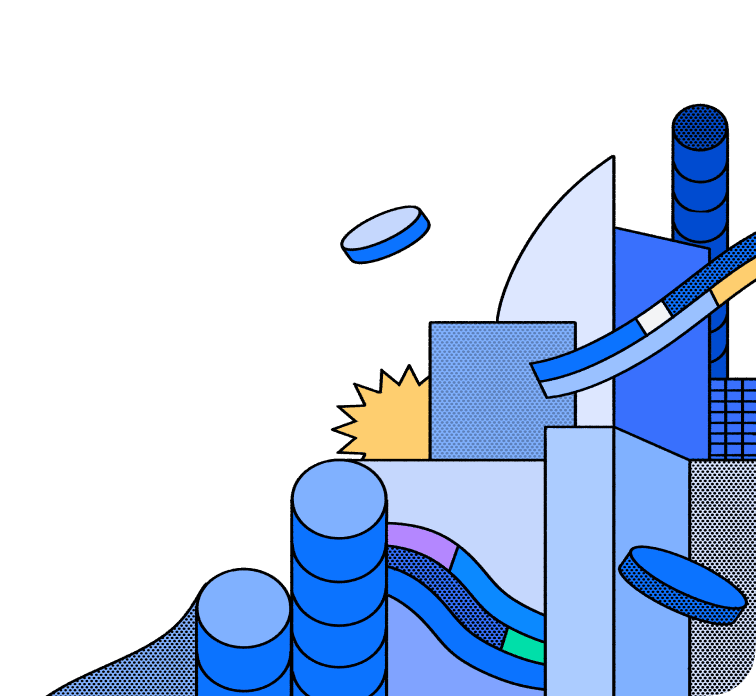
Oracle Connector
With this connector, Hasura allows you to instantly create a real-time GraphQL API on top of your data models in Oracle. This connector supports Oracle's functionalities listed in the table below, allowing for efficient and scalable data operations. Additionally, users benefit from all the powerful features of Hasura’s Data Delivery Network (DDN) platform, including query pushdown capabilities that delegate query operations to the database, thereby enhancing query optimization and performance.
This connector implements the Data Connector Spec.
Features
Below, you'll find a matrix of all supported features for the Oracle connector:
| Feature | Supported | Notes |
|---|---|---|
| Native Queries + Logical Models | ✅ | |
| Native Mutations | ❌ | |
| Simple Object Query | ✅ | |
| Filter / Search | ✅ | |
| Simple Aggregation | ✅ | |
| Sort | ✅ | |
| Paginate | ✅ | |
| Table Relationships | ✅ | |
| Views | ✅ | |
| Remote Relationships | ✅ | |
| Custom Fields | ❌ | |
| Mutations | ❌ | |
| Distinct | ❌ | |
| Enums | ❌ | |
| Naming Conventions | ❌ | |
| Default Values | ❌ | |
| User-defined Functions | ❌ |
Prerequisites
- Create a Hasura Cloud account
- Please ensure you have the DDN CLI and Docker installed
- Create a supergraph
- Create a subgraph
Using the Oracle connector
With the context set for an existing subgraph, initialize the connector:
ddn connector init -i
When the wizard runs, you'll be prompted to enter the following env vars necessary for your connector to function:
| Name | Description | Required |
|---|---|---|
| JDBC_URL | The JDBC URL to connect to the database | Yes |
After the CLI initializes the connector, you'll need to:
- Introspect the source.
- Add your models, commands, and relationships.
- Create a new build.
- Test it by running your project along with the connector.
License
The Hasura Oracle connector is available under the Apache License 2.0.






